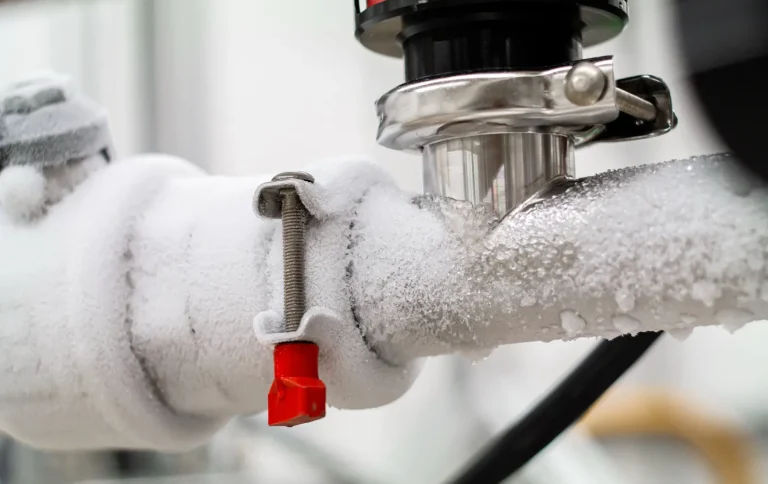Leaking Faucet or Valve — What To Do When the Drip Won’t Stop
A dripping faucet can drive anyone crazy. That constant plink, plink, plink wastes water, raises your bill, and sometimes hints at a bigger problem. Before you grab a wrench, here’s what you should know — and what you can safely do before a plumber steps in.
Step 1: Don’t Ignore the Drip
It may look harmless, but even a slow drip can waste hundreds of gallons per month.
Over time, it can cause rust, limescale, and even damage the sink surface.
So yes — it’s worth acting sooner rather than later.
Step 2: Identify Where It’s Leaking
Common sources:
-
Faucet handle — usually a worn-out O-ring or cartridge seal
-
Spout tip — internal washer or valve seat worn down
-
Shut-off valve under the sink — packing nut or compression joint leaking
Use a towel to dry everything, then watch closely to see where the first drop forms.
💡 Tip: If water leaks only when the faucet is on — it’s probably the cartridge or washer. If it leaks even when off — it might be the valve or a crack in the fixture.
Step 3: Try a Temporary Fix
-
Tighten the handle cap or packing nut slightly (don’t overdo it).
-
Turn off water under the sink and open the faucet to release pressure.
-
If you feel comfortable, remove the handle and inspect the O-ring or cartridge — often, replacement parts cost just a few dollars.
❗ Never use excessive force — it’s easy to damage soft brass fittings.
Step 4: For Leaking Valves
If water seeps around a shut-off valve (under sink or behind toilet):
-
Use a wrench to slightly tighten the packing nut.
-
If that doesn’t help — turn off the main water and replace the valve.
-
For old corroded valves, it’s best to call a plumber — they can replace it without damaging the line.
Step 5: When to Call a Plumber
Call a professional if:
-
The leak continues after tightening or replacing small parts
-
You see corrosion, rust, or cracks
-
Water is leaking from behind walls or under the sink cabinet
How to Prevent Faucet Leaks
-
Avoid over-tightening handles.
-
Replace washers or cartridges every few years.
-
Clean aerators and spouts from limescale regularly.
-
Inspect shut-off valves annually for corrosion.
Small leaks have a sneaky way of turning into big problems. Fixing them early — or even knowing what to do while waiting for help — saves water, money, and stress. Stay calm, stay dry, and let the pros handle the rest.






